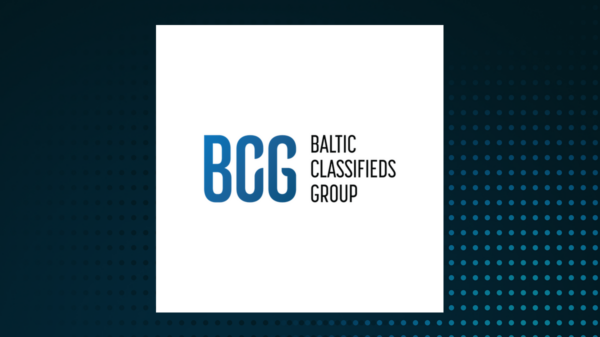The Pentagon is embarking on a significant transformation of its collaboration with the private sector, aiming to accelerate the development and deployment of next-generation defense technologies. During a briefing on August 27, 2023, Emil Michael, the Undersecretary of Defense for Research and Engineering, emphasized the necessity of expanding the defense industrial base. This strategic shift seeks to enhance the United States’ technological edge amid growing global competition.
The Pentagon’s current approach is often hindered by lengthy procurement processes and regulatory hurdles. Michael highlighted that the Department of Defense (DoD) intends to streamline these processes to ensure rapid integration of innovative technologies. “We must adapt our methods to meet the demands of an evolving threat landscape,” he stated, underscoring the urgency of this initiative.
Strategic Goals for Collaboration
The reformed strategy aims to foster deeper partnerships with private companies, particularly startups and smaller firms that are often at the forefront of technological advancements. By engaging these entities, the Pentagon hopes to tap into a wealth of creativity and innovation that can lead to breakthroughs in defense capabilities.
Michael remarked on the importance of “creating a flexible and responsive industrial base” that can swiftly respond to the needs of the military. This includes not only hardware but also software solutions and systems integration that are essential for modern warfare.
A key aspect of this initiative is the implementation of new funding mechanisms that will allow for faster financing of projects. The Pentagon plans to utilize mechanisms such as Other Transaction Authorities (OTAs), which enable more agile contracting processes compared to traditional methods. This change is designed to reduce the bureaucratic lag that has often delayed critical advancements in defense technology.
Addressing Challenges and Opportunities
Despite the ambitious goals, challenges remain. The existing landscape is characterized by a small number of dominant defense contractors that often monopolize contracts, leaving limited opportunities for smaller firms. Michael urged for a shift in mindset within the Pentagon to embrace a broader array of suppliers who can contribute to national security.
The Undersecretary also mentioned the importance of cybersecurity in this context. As the Pentagon seeks to incorporate more private sector innovations, it must ensure that these technologies meet stringent security standards. “The safety and integrity of our defense systems depend on the secure integration of new technologies,” he stated.
This overhaul of the defense industrial base comes at a crucial time, as global geopolitical tensions continue to rise. The United States faces significant competition from nations such as China and Russia, which are rapidly advancing their military technologies. By enhancing collaboration with the private sector, the Pentagon aims to maintain its technological superiority and ensure that it can effectively respond to emerging threats.
In conclusion, the Pentagon’s initiative to expand and modernize its industrial base reflects a proactive approach to defense and innovation. By fostering collaboration with a diverse array of private sector partners, the DoD is positioning itself to better meet the challenges of the future while ensuring national security.






































































